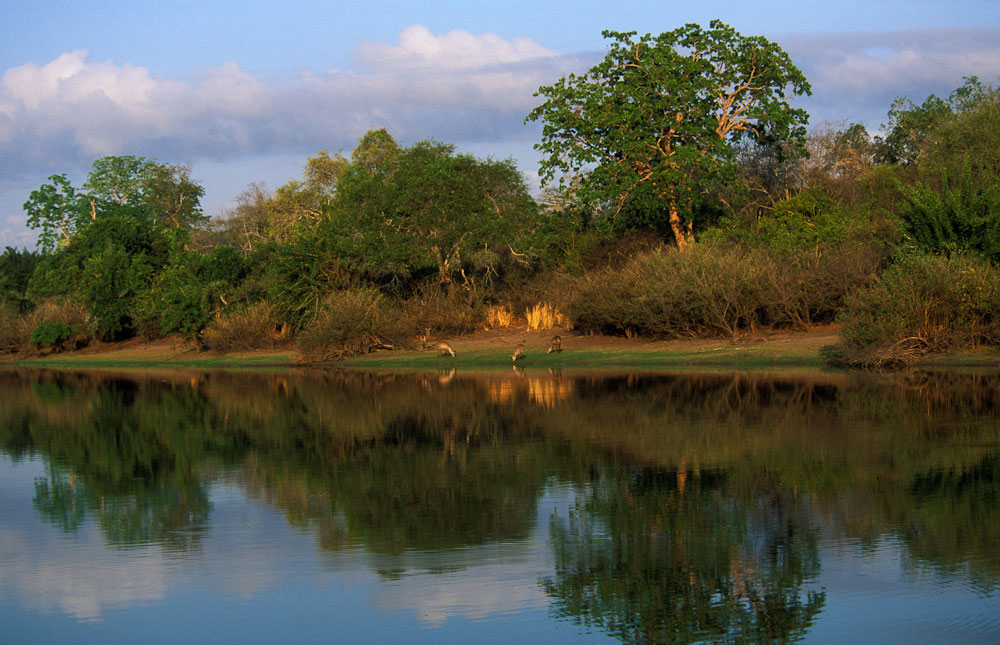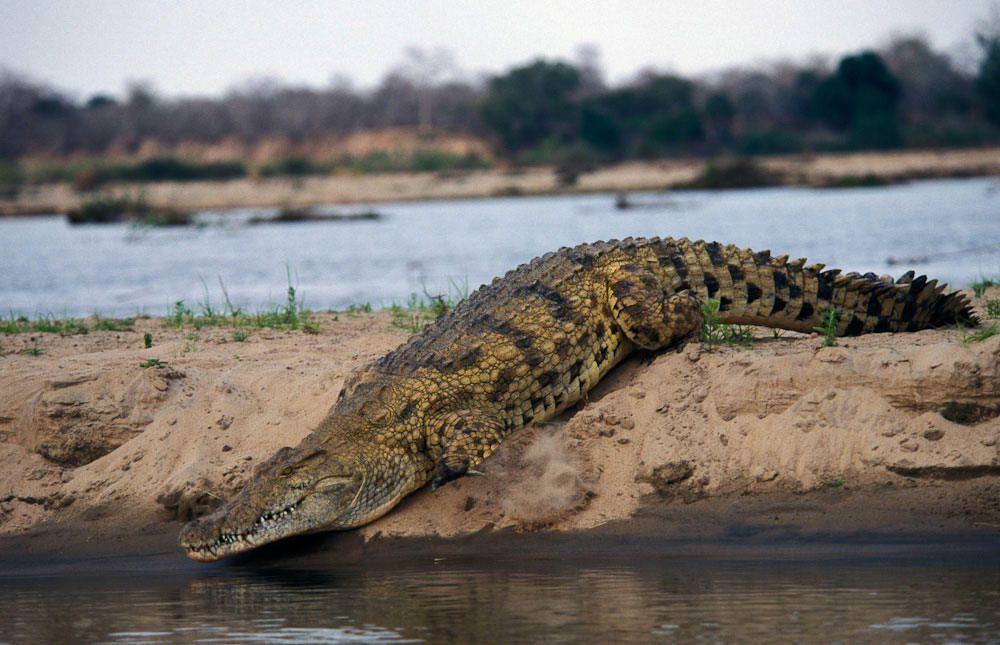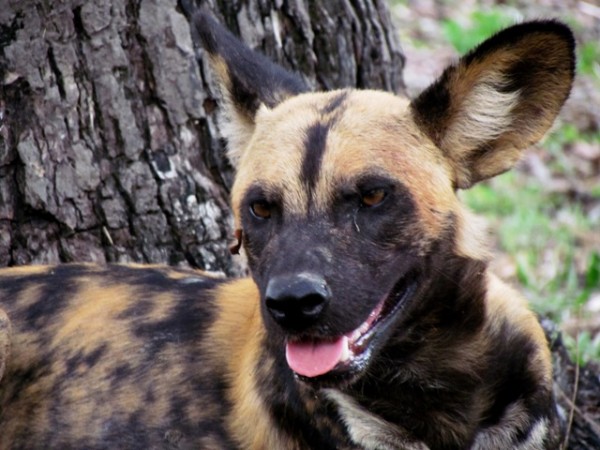 About Selous Game Reserve
About Selous Game Reserve
Selous Game Reserve is one of Africa’s largest parks, but most of it has been set aside for hunting. The game viewing area open to the public is relatively small, but very rewarding with many predator sightings and excellent boat safaris on the Rufiji River.
Size: 47665 km² / 18403 mi²
Altitude: 36-1461 m / 118-4793 ft

The Selous is the largest National Park in Africa. Four times the size of Serengeti – covering more than 5% of Tanzania’s total area and larger than Switzerland, it possesses a diverse landscape from hot volcanic springs, sporadic lakes, channels from the Great Ruaha and Rufiji rivers’ The Selous National Park is the largest National Park in Africa. Four times the size of Serengeti – covering more than 5% of Tanzania’s total area and larger than Switzerland, it possesses a diverse landscape from hot volcanic springs, sporadic lakes, channels from the Great Ruaha and Rufiji rivers.

One of the more historic protected areas in Tanzania, the Selous Game Reserve was named after Frederick Courtney Selous, a British explorer and hunter in East Africa who was killed in World War 1 in the Beho region of the reserve. The area has remained one of the untouched gems of Tanzania’s national parks and game reserves.

There are large populations of elephant in the park. Approximately 70 % (60 000) of Tanzania’s elephants are found in this reserve. Other well known animals include the hippo (40 000 inhabit the river systems), depleted numbers of the black rhino, large herds of buffalo (over 160 000), the area’s famous wild dogs and 5 000 lion patrol the Reserve. Also found here are Nyasa land gnu, brindled gnu, hartebeest, Greater Kudu, sable antelope, eland, reedbuck, bushbuck, waterbuck, warthog, zebras, giraffe, wildebeest, leopard, and cheetah are rare. There are over 350 species of birds including African snipe, Battler eagle, crested lark, Green-headed oriole, Knob-billed duck, herons, kingfishers, geese and Southern Ground horn-bill. Reptiles such as crocodiles and various snakes and lizards are also found.
Pros and Cons
Top wildlife viewing in the dry season
Guided walks and boat safaris available
Lions are easily found at the lake shores
One of the best places in East Africa to encounter wild dogs
Excellent mid-range and luxury lodges and no large-scale accommodations
Hunting concessions make animals skittish and more difficult to watch
The wildlife viewing circuit is relatively small
Animals are scattered during the wet season and most lodges are closed from March to May
Wildlife
The Rufiji River is teeming with hippos and crocodiles and the birdlife is fantastic. Lion sightings are very common as the opportunistic creatures tend to laze around the lakes waiting for animals coming to drink. One of the main attractions of the park is its large population of wild dogs.
Scenery
The part of Selous, north of the Rufiji River, open to the public, is particularly scenic. The main wildlife viewing circuit follows a string of 5 lakes connected to each other and the Rufiji River by small streams. The Rufiji is one of Africa’s great rivers with palm fringed channels and swampy islets.









